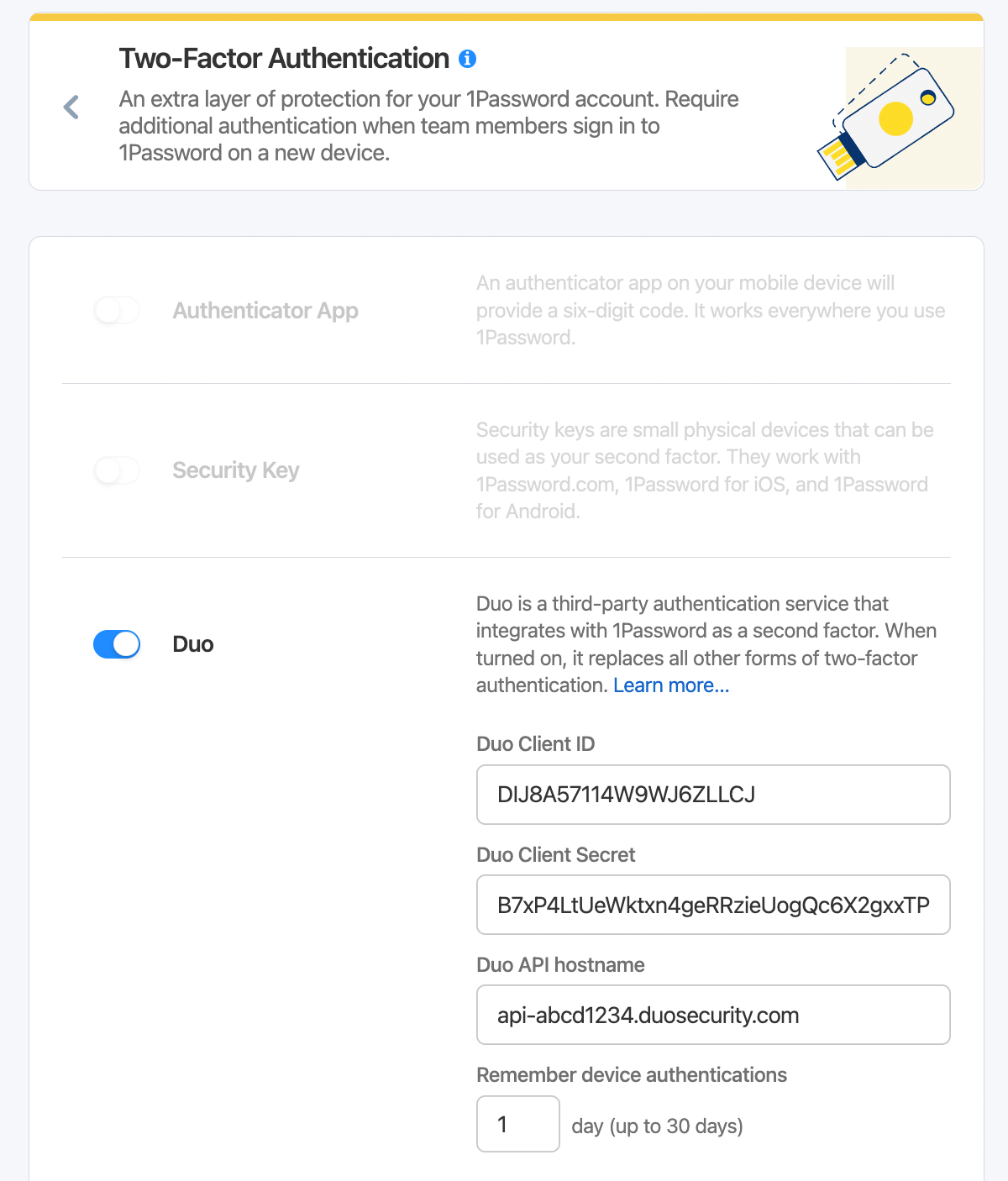

With the addition of 1Password's full support for Linux (opens in new tab) on desktop, the two password managers are roughly comparable in terms of compatibility with major platforms. Make sure to turn off or remove apps and extensions for any other password managers in the browsers that you use.1Password does not have a free option, but it does have a trial period of two weeks. LastPass' free tier lets you use the premium functions for a month. Remove 1Password from your browserĪfter you've imported your data, you're ready to use Dashlane to manage your online life. Other information stored in 1Password, like tags and archived status, are included in the Note section of the Dashlane login. At this time, you can't import a CSV file using the iOS (Apple) app.Įach login you import from 1Password contains the Item name, Website, Username, Password, 2FA token, and Note in the correct location. You can only import your data using the web or Android apps. We recommend you delete the CSV file from your device as soon as you finish using the file. Important: CSV files aren't encrypted, and other people can read them. Note: If you're using a Mac, export to a CSV file and select Include Column Labels.

Visit 1Password's support website for steps on how to export your data. 1Password doesn't export custom fields in its CSV files.

You'll also export any tags and information about whether the item is archived or listed as a favorite. The file will contain logins only.įor each login stored in 1Password, the CSV file contains the item name, username, password, 2FA token, website, and note. You can export your data from 1Password to a CSV file. Otherwise, you may have problems using Autofill and other Dashlane features. After you import your data, make sure to turn off or remove all 1Password extensions and apps. Then you can import your data to Dashlane. You can move your logins and other data from 1Password into Dashlane.įirst, you need to export your data from 1Password.


 0 kommentar(er)
0 kommentar(er)
